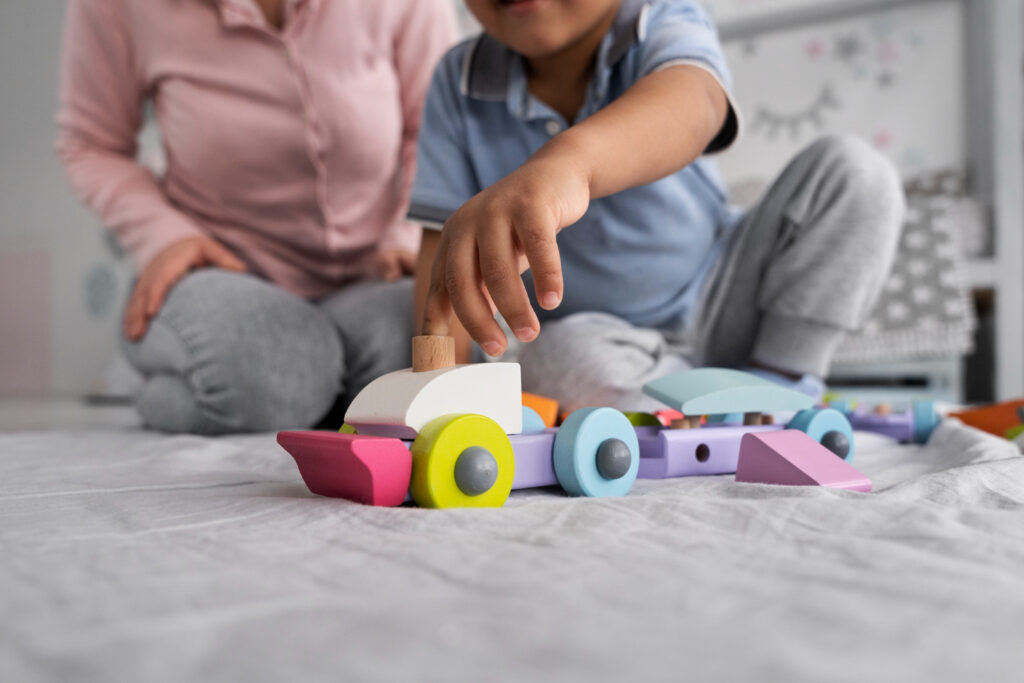Tips for Raising Kids with Autism
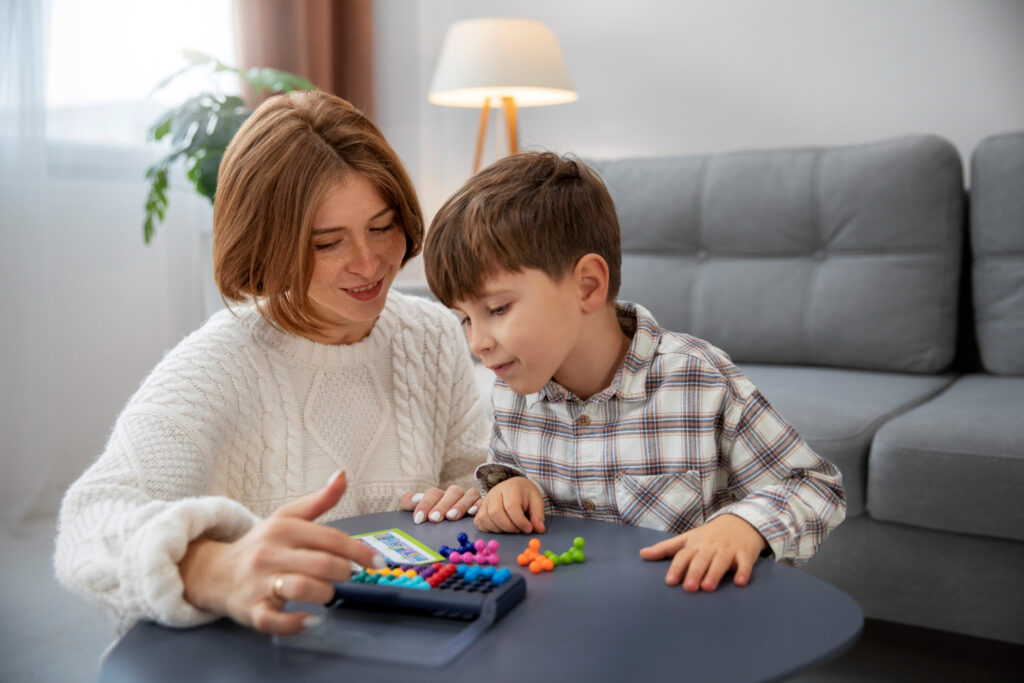
There are new learning curves and silent triumphs every day when raising a child with autism. It’s a journey rather than a puzzle to solve. It is frequently compared by parents to decoding a language without words, where deeper meanings are conveyed through gestures, eye contact, and even silence. Even though the reality can be overwhelming at times, it can be made manageable and incredibly enriching with the correct attitude, tools, and support system.
When it comes to developmental difficulties, early intervention is a very successful place to start. Children’s social and communication development frequently improves significantly for parents who seek help as soon as they notice a delay. By identifying behavioral cues and encouraging constructive reactions, you start to see your child as unique rather than “different.” Their strength—and yours—lies in that individuality.
Even though they may seem ordinary, routines serve as a sense of security for kids with autism. Parents foster an atmosphere where trust can develop by establishing predictable, safe routines for eating, sleeping, learning, and playing. And adaptability is essential within that framework. Resilience can be fostered without being overpowered by a small change that is implemented gradually and frequently.
You can turn your passions into opportunities for social learning and cognitive development by utilizing your own interests, whether they are trains, animals, or numbers. When applied to therapies like Applied Behavior Analysis (ABA), which deconstruct skills into manageable, rewarding steps that gradually boost confidence, this is especially novel.
Traditional milestones may not always be followed when bonding with your child. However, a peaceful sensory activity that involves a shared laugh, a hand reach, or a smile can feel like a morning after a long night. Without any therapeutic objectives, play becomes a very flexible tool for assisting both you and your child in exploring their emotional landscape.
The general public’s understanding of autism has greatly increased over the last ten years. Individualized Education Plans (IEPs) are now available in schools, and inclusive classrooms are gradually displacing antiquated ones. However, speaking up for your child is still an essential ability. Your child’s future depends on you being assertive, knowledgeable, and not afraid to ask questions or work with experts.
More parents are redefining what it means to raise neurodivergent children in recent years, particularly those who have autism themselves. They foster mutually understanding environments by candidly discussing their own sensory difficulties. One daily routine at a time, these parents are changing the conversation about autism rather than merely managing it.
Pursuing normalcy is not the goal of parenting an autistic child. It’s about recognizing that every step forward, no matter how tiny, is a significant leap, celebrating accomplishments, and building on strengths. This journey has the potential to be not only prosperous but also incredibly beautiful if you use compassion as your compass and community as your map.
�
| Organization | Service Type | Location/Reach | Contact Information | Notable Advantage | Website |
|---|---|---|---|---|---|
| Autism Speaks | Toolkits, therapy guides, events, advocacy | United States, Global | 1-888-288-4762 | Offers remarkably effective toolkits and a large online community | autismspeaks.org |
| National Autistic Society | Education support, helplines, local programs | United Kingdom | +44 20 7833 2299 | Provides exceptionally clear UK-based legal and educational advice | autism.org.uk |
| BetterHelp | Online therapy and counseling services | International | Access via online platform | Particularly beneficial for overwhelmed parents seeking mental health support | betterhelp.com |
| Raising Children Network | Developmental guides, autism toolkits | Australia | Website-based | Offers highly efficient, evidence-based parenting articles and videos | raisingchildren.net.au |
| Child Autism UK | Behavior therapy, assessments, ABA program support | United Kingdom | 01344 882248 | Known for providing significantly improved early intervention outcomes | childautism.org.uk |
| Early Intervention Program (IDEA) | Speech, physical, and behavioral therapy for ages 0–3 | United States (statewide) | Local pediatric referral needed | Federally supported program with surprisingly affordable access to critical services | hhs.gov/iecs |
| Autism Canada | Information hub, family supports, directory of services | Canada | 1-800-983-1795 | Offers extremely reliable support for families navigating ASD diagnoses and services | autismcanada.org |
| The World Health Organization (WHO) | International autism guidelines and awareness campaigns | Global | Website-based | Delivers globally consistent information and particularly innovative public policy tools | who.int |
| Stanford Children’s Health | Behavior therapy resources, developmental care guidance | United States (California) | Access via website | Provides expert-led, notably improved care models for child-parent interactions | stanfordchildrens.org |
| Autism Spectrum Australia (Aspect) | Learning programs, diagnosis, family workshops | Australia | 1800 277 328 | Incredibly versatile programs customized to individual learning styles | autismspectrum.org.au |
Latest
How to Help Parents with Autistic Child
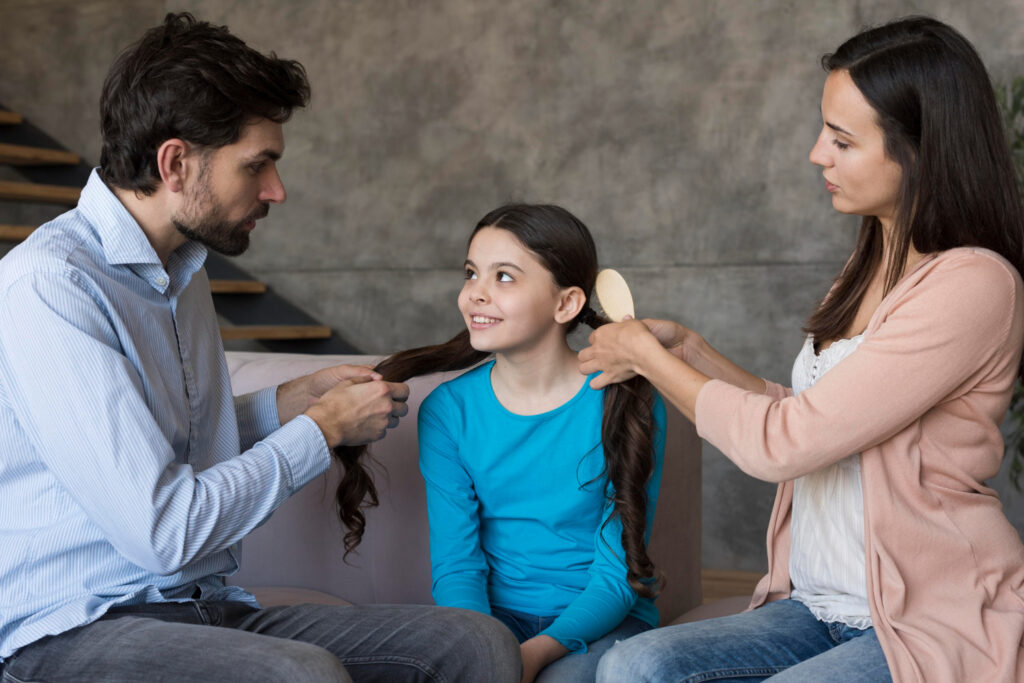
There is no set checklist for raising a child with autism; instead, it’s more like learning to dance to changing rhythms. Parents decipher moments that others might overlook on a daily basis, such as a sudden meltdown, a rejection of a particular texture, or a brief moment of eye contact. Even seemingly meaningless silence can have deep significance. For families, this is about developing a new understanding rather than trying to fix a child. That journey becomes not only doable but also incredibly meaningful with the correct assistance.
Communities have started to recognize in recent years that parents who support their children with autism must also receive support. These parents frequently navigate a complex web of educational programs, treatment plans, and restless nights, regardless of when the diagnosis was made or how far along the child is in adolescence. Empathy, patience, and helpful advice are what they most need—not a lecture or a list. When others take up the baton, even for a short time, parents can catch their breath and continue on, much like in a relay race.
Families can establish environments that feel secure and predictable by observing the behaviors that soothe or overwhelm. Dimming harsh lights, setting visual timers, or creating routines that serve as anchors are examples of small, regular actions rather than large gestures. Even something as basic as a regular bedtime or a storage bin with a label can dramatically lower anxiety and increase a child’s trust in their environment. These small adjustments frequently result in noticeably better daily functioning and emotional control.
Parents can use their child’s specific interests as engagement tools by working strategically with educators, therapists, and support systems. Reading may develop from a fascination with dinosaurs. Learning about numbers or patterns can be sparked by a passion for trains. Parents can foster connection as well as compliance by purposefully utilizing their child’s passions. The flexibility of this type of responsive parenting allows it to change with the child’s needs.
Many parents find themselves fighting for dignity and respect in addition to access to services in the larger world. It becomes a weekly ritual for them to apply for sensory accommodations or attend an IEP meeting. Their perseverance frequently results in policies that benefit others as well, even though it’s not glamorous or easy. This type of grassroots activism has significantly enhanced school inclusion practices and raised public awareness over the last ten years.
One mother once compared being a parent to “raising a satellite dish in a thunderstorm”—always listening for signals that other people aren’t able to hear. And yet she found clarity in that storm. She discovered that a simple sentence or a half-smile could be more joyful to celebrate than any conventional milestone. Even though the outside world cannot see these moments, they are the cornerstone of a meaningful life.
Just showing up has a lot of power. Extended family, friends, and neighbors frequently pause, uncertain of what to say or do. However, they turn uncertainty into support by posing questions like, “What do you need today?” or offering to take a sibling for an hour. Even the most seasoned parents may feel disoriented during times of transition, such as puberty, school changes, or new diagnoses, so these deeds of kindness are especially helpful.
We assist parents in transitioning from a crisis to a state of calm readiness by taking thoughtful, caring action. We let them know they’re not alone in this, not with empty words but with our presence. Our collective ability to assist these families must change in the upcoming years as discussions about neurodiversity become more complex and inclusive. We all become more resilient as we normalize difference.
A parent’s fatigue shouldn’t be the cost of another parent’s miscommunication. By demonstrating empathy and easing some of the strain, we give these families some breathing room, and hope thrives in breathing room. You are not expected to solve autism. However, you can be the one who shows up when others falter, acts without being asked, and listens without passing judgment. That sort of assistance? It is not only valued; it is absolutely essential.
| Support Area | Strategy or Tip | Purpose | Example or Resource |
|---|---|---|---|
| Emotional Support | Allow space for emotions | Validates feelings and promotes mental health | Connect with online forums like Autism Speaks Community |
| Positive Reinforcement | Celebrate small wins | Boosts confidence in both child and parent | Use visual sticker charts or verbal praise during daily tasks |
| Building a Routine | Create consistent daily schedules | Reduces anxiety and encourages predictability | Free printable routine charts from Scholastic |
| Sensory Sensitivities | Design a sensory-friendly environment | Minimizes meltdowns triggered by overstimulation | Use noise-canceling headphones or dimmable lights |
| Sibling Relationships | Educate and include siblings | Fosters empathy and understanding in the family | Resources from Sibs UK for siblings of disabled children |
| Community Connection | Join local or online support groups | Builds shared understanding and emotional relief | Find groups via Meetup.com or National Autistic Society |
| Parental Self-Care | Take intentional breaks | Prevents burnout and supports sustained caregiving | Access respite care services via local councils or autism.org.uk |
| Advocacy and Rights | Learn about education entitlements | Ensures access to proper school support services | Check IPSEA for legal support in the UK |
| Therapeutic Support | Explore multi-disciplinary therapies | Promotes holistic development in children | Examples include speech therapy, OT, and ABA programs |
| Hope and Mindset | Focus on progress, not perfection | Encourages resilience and long-term positivity | Inspirational blogs from parents on Autism Parenting Magazine |
�
Sensory Toys For Autism
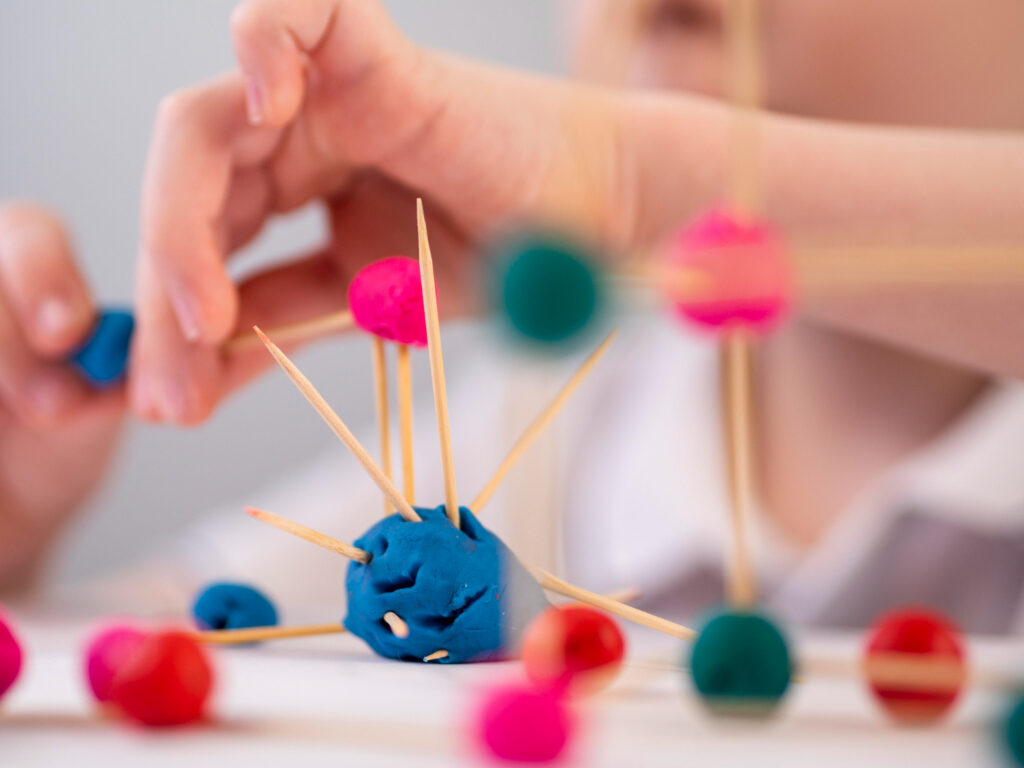
Sensory toys are more than just entertainment in the vibrant chaos of childhood; they are essential. They give kids on the autism spectrum a sense of stability, engagement, and incredibly useful tools for navigating a world that can be overwhelming at times. Consider these toys as bridges rather than distractions—tiny, physical channels that support children in regulating their emotions, forming relationships, and using movement, sound, texture, and light to interpret their surroundings.
Understanding the relationship between autism and differences in sensory processing has significantly improved over the last ten years. Children with autism frequently seek out constant sensory input, whereas neurotypical children might find solace in quiet or stillness. Sensory toys excel in this situation. Without requiring “normal” play, they provide just the right amount of stimulation, whether it be energizing, soothing, or somewhere in between.
Imagine a child being hugged by a soft, weighted blanket without expecting anything in return. Or a light-up toy that spins and turns chaos into clarity with each spin. These seemingly straightforward items have a wide range of uses, especially for assisting kids in self-soothing during stressful or sensory-overloaded situations.
These resources are frequently referred to by parents as a “quiet language” because they communicate with their children in ways that words cannot. Fidget toys with clicking mechanisms, for instance, are especially helpful for tactile seekers because they provide a repetitive motion that helps to control their nervous system. Others, such as squishy stress toys or textured balls, help kids let off steam without using words, which helps lower anxiety.
One trend shows up through occupational therapy and parent input: these toys are meant to empower the child, not to cure autism. These toys foster success and development by activating the vestibular system (balance), proprioceptive system (body awareness), or tactile system (touch). Children are learning how to navigate space, make decisions, and control their emotions when they are happily spinning on a wobble board or concentrating hard on matching colorful bears into sorting cups.
Recently, a parent described how a simple jellyfish lamp changed her nightly ritual. Her son, who was frequently agitated before bed, started observing the soft lights as they moved across the water. The rhythm of the images soothed him. He now looks forward to the routine, which used to require hours of persuasion but now only takes minutes. These kinds of stories are remarkably common among families: safe rituals are created by sensory tools.
Families can discover previously undiscovered levels of connection and interaction by incorporating sensory play into everyday activities. Installing a sensory swing in the living room transforms it from furniture into a haven. In addition to preventing slips, a set of textured mats on the floor transforms into an obstacle course where play and therapy come together in fun and meaningful ways.
Teachers are also starting to realize this. Calm areas with sensory bins, weighted lap buddies, and fidget kits are becoming more common in classrooms. It has been demonstrated that these adaptations greatly improve focus and lessen behavioral disturbances. And more than that? They foster an inclusive environment. A child’s ability to take a sensory break and come back feeling rejuvenated supports both emotional and academic resilience.
Timing is crucial in the field of early childhood development. Early exposure to sensory toys can result in remarkably positive changes in a child’s verbal communication, attention span, and social engagement. Offering a variety of options, such as chewable necklaces for oral seekers, rainmakers for auditory feedback, and kinetic sand for hands that are more exploratory, can help unlock engagement on each child’s terms, even though not all children will react to the same toy in the same way.
Although their design may change, sensory toys are still relevant for teenagers and older kids. More age-appropriate formats for ongoing sensory exploration are made possible by stress balls with increased resistance, discrete handheld fidgets, and even art supplies like silicone sculpting tools or textured paints. These resources provide calming outlets in emotionally charged situations, lessen social anxiety, and aid in self-regulation during test preparation.
However, the emotional burden that these tools relieve on caregivers is frequently overlooked. Sensory toys provide a common language in homes where miscommunications and tantrums are commonplace. Where previously unpredictability prevailed, they provide predictability. They provide hope instead of powerlessness. Perhaps most beautifully, they bring happiness.
| Sensory Toy | Best For | Key Features | Age Range | Price Range | Link |
|---|---|---|---|---|---|
| Fat Brain Toys Teeter Popper | Vestibular input | Rocking motion, suction sounds, muscle-building | 3–10 years | $$ | fatbraintoys.com |
| Neliblu Wacky Tracks | Tactile stimulation | Snap-click feedback, hand focus, stress relief | 3+ years | $ | amazon.com |
| Edushape Rainbomaker | Auditory calming | Rain sound mimicry, durable tube, visual appeal | 1–8 years | $ | edushape.com |
| Fat Brain Toys Dimpl | Fine motor skills | Pop bubbles, portable, sensory repetition | 10 months+ | $ | fatbraintoys.com |
| BMAG Counting Bears | Color sorting & motor skills | 90 bears, tweezers, counting cards | 3+ years | $ | amazon.com |
| Polkrane Busy Board | Cause-effect learning | Lights, sounds, Montessori switches | 1–4 years | $ | amazon.com |
| Lucas the Lion Tiny Talker | Nonverbal communication | Built-in AAC-style buttons with symbols | 8–12 years | $$ | amazon.com |
| Step2 Splash Pond | Outdoor sensory play | Interactive water play, durable table | 1.5+ years | $$$ | step2.com |
| Didax Social Skills Games | Behavior modeling | 6 games, focus on emotions, group play | 7–11 years | $$ | didax.com |
| Fat Brain Toys Klickity | Cause and effect | Push-pull spheres, colorful textures | 1–2 years | $$ | fatbraintoys.com |
�
Sensory Toys for Toddlers
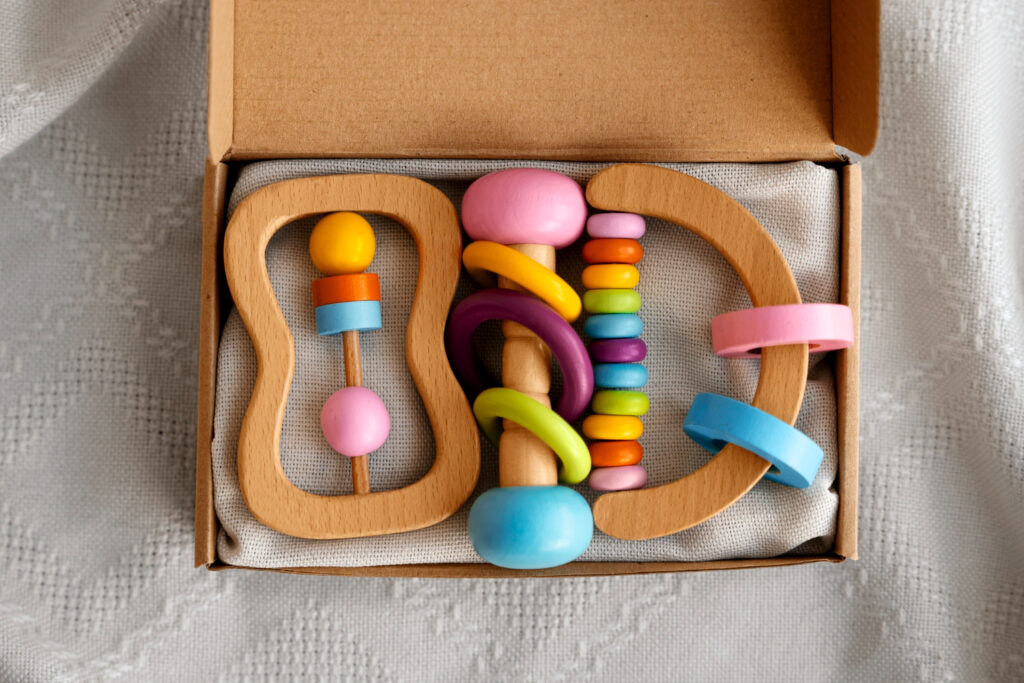
Sensory toys are essential components of the rich tapestry of early childhood development, combining experiences that mold a toddler’s social, motor, and cognitive abilities. These toys are foundational tools that encourage exploration and learning during the formative years because they are carefully crafted to appeal to a variety of senses.
Sensory toys are more than just games; they are opportunities for learning. The five senses—sight, sound, touch, taste, and smell—are stimulated, giving toddlers the chance to engage with their surroundings in a variety of ways. For example, musical instruments provide auditory stimuli and textured balls provide tactile feedback, both of which are essential for neural development. In addition to being entertained, toddlers are developing neural connections that improve their cognitive pathways as they manipulate, squeeze, and listen.
Beyond just providing basic sensory stimulation, sensory toys have many other advantages. They play a crucial role in honing fine motor skills like pinching and grasping, which are necessary for writing and buttoning clothing. Additionally, these toys can help young children feel calmer and more focused by greatly reducing stress and anxiety. Toddlers who might struggle with sensory processing will especially benefit from this calming effect, which gives them the skills they need to self-regulate and interact more comfortably with their environment.
When choosing sensory toys, it’s important to take into account each child’s unique needs and developmental stage. Toys that provide a variety of textures and resistance, like stretchy bands or squishy fidget toys, can be incredibly successful in satiating the sensory needs of toddlers who are sensory seekers. On the other hand, introducing toys with softer stimuli, such as playdough with a mild scent or soft fabric books, can aid in progressively increasing the sensory tolerance of people who might be more sensitive to sensory input.
Including sensory play in everyday activities doesn’t require costly equipment or complex setups. Hours of exploratory fun can be had with simple activities like making a sensory bin with rice and hidden objects. Toddlers’ sensory experiences can be enhanced and their holistic development supported by playing in the water, experimenting with different textures like sand or foam, or even getting them involved in cooking activities to experience different tastes and smells.
It’s encouraging to see the significant influence that sensory toys can have on a toddler’s development as we traverse the path of parenthood and caregiving. By carefully incorporating these resources into playtime, we empower our kids while also providing them with entertainment, setting the stage for a lifetime of learning and exploration.
| Product Name | Sensory Focus | Recommended Age | Developmental Benefits | Notable Features |
|---|---|---|---|---|
| Fisher-Price Glow & Grow Kick & Play Piano | Visual, Auditory, Tactile | 0+ months | Encourages cause and effect, fine motor, and visual tracking | Light-up piano, repositionable toys, multiple play modes |
| Melissa & Doug Flip Fish | Tactile, Visual | 0+ months | Stimulates tactile curiosity and visual exploration | Crinkly textures, mirrored surfaces, teething-friendly tail |
| Edushape Original Sensory Ball | Tactile, Motor | 6+ months | Improves grip strength, coordination, and sensory input | Soft spikes, lightweight design, easy to catch |
| Sassy Developmental Bumpy Ball | Visual, Auditory, Tactile | 6+ months | Boosts tactile stimulation and auditory attention | Textured bumps, bright colors, built-in rattle |
| Stapelstein Rainbow Set | Vestibular, Proprioceptive | 1+ years | Enhances balance, spatial awareness, and gross motor skills | Stackable, floatable, open-ended play for indoors/outdoors |
| Boon Pipes Bath Toy | Auditory, Visual | 1+ years | Supports problem-solving and water-based sensory exploration | Interactive water movement, suction-cup design |
| Fat Brain Toys Dimpl Digits | Tactile, Visual | 1+ years | Promotes finger strength and early numeracy | Bright popping bubbles, bilingual numbers |
| Step2 Rain Showers Splash Pond | Tactile, Auditory | 18+ months | Encourages collaborative play and sensory engagement | Rainfall effect, multiple water tools, 360° access |
| Goliath Jelly Blox Creative Kit | Tactile, Visual | 2+ years | Develops creativity, hand-eye coordination, and sensory discovery | Stretchable, squishy, translucent blocks with sensory textures |
| Fat Brain Toys Bilibo by Moluk | Vestibular, Proprioceptive | 2+ years | Improves balance, body awareness, and imaginative play | Open-ended design, sit-in or stand-on options |
